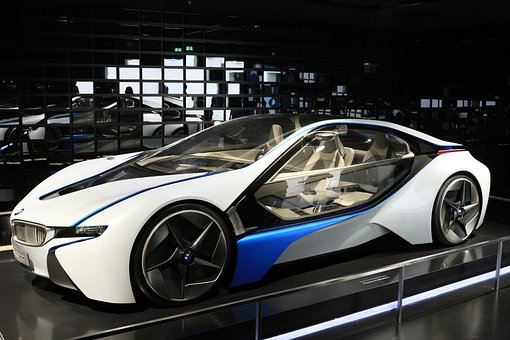Electric vehicles (EVs) have been popular since their inception. However, limited range and slow recharging are the problems with electric vehicles that affect their usage. Therefore, researchers at the University of Texas, Austin, have developed a new electrode type for lithium-ion batteries that could help in fast charging and generating high power. They did this by making thicker electrodes (battery parts supplying power to devices) and using conventional magnets to create a perfect alignment of materials within the electrodes.
Image Credits: Pixabay
The problem with lithium-ion batteries
Lithium-ion batteries require a protection circuit to maintain safe operation. This sometimes limits the highest voltage of each cell during charging and discharging. Further, it has a complex structure containing graphite (a crystalline of carbon) sheets where lithium ions accumulate and cause permanent capacity loss. These are some reasons for the limited range and slow charging in lithium-ion batteries.
The solution
According to Guihua Yu, two-dimensional materials or single-layer materials like graphite are usually suitable for high-energy storage. But, when it comes to slow charging and limited range, the problem is due to their arrangement in the batteries.
During the experiment, researchers used thin two-dimensional materials to make electrodes and stacked them to create thickness. Then, they used a magnetic field to manipulate their alignment or orientation. They also used commercially available magnets to arrange the alignment of the materials in a vertical direction during the fabrication process. This could allow ions (electrically charged particles) to move fast through the electrode. Thick electrodes forced ions to travel longer distances through electrodes and reduced charging time.
Image Credits: UT News
New electrode vs old electrode
To compare the performance of their new electrode with conventional electrodes, researchers also created a horizontally arranged electrode using the same materials. They found that this alignment caused back-and-forth movement of lithium ions and increased charging time by up to 2 hours and 30 minutes for a 50 percent energy level, whereas, the new electrode only took 30 minutes for the same.
The researchers concluded that they only focused on a single type of battery during this research. However, they are working on generalising their approach that could apply to different types of electrodes using different materials. This could make the technique widely adopted in industry, so it could help to manufacture fast charging cum high energy batteries for electric vehicles.
The research was published in the journal Proceedings of the National Academy of Sciences.
To ‘science-up’ your social media feed, follow us on Facebook, Twitter or Instagram!
Follow us on Medium!





1 comment
[…] of these 5 alternative battery technologies overcome the environmental issues associated with Li-ion batteries. Adopting these alternative technologies will play a critical role in mitigating environmental […]